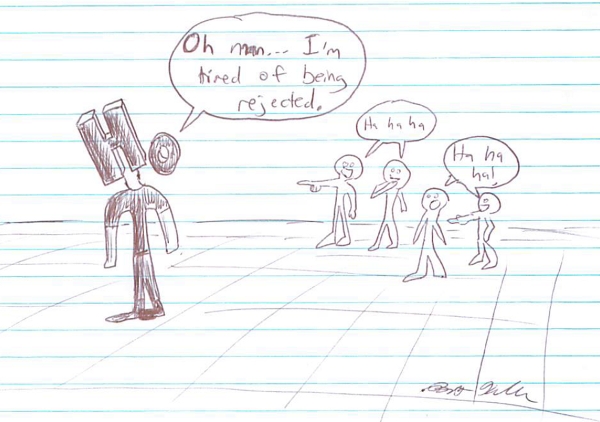I arrived back in my hometown of Searcy, Arkansas. I haven't been back in a year -- I was living in DC from January through June, then traveling in Guatemala for the summer, and most recently living in Baltimore -- so it's good to be back. Searcy is ~18,000 people in central Arkansas, where the flat plains of the Mississippi Delta meet the first foothills of the Ozarks. The town once put up a billboard that proclaimed "Searcy, where thousands live as millions wish they could." It's also the home of Harding University, a conservative Christian university affiliated with the Church of Christ. My dad's been a professor at Harding for decades, so Searcy has always been home and likely always will be. Because I lived in the same small town for the first 23 years of my life, moving to Washington, DC in May of 2008 was a huge change. I had culture shock, but mostly in positive ways. When people would ask me if I liked DC, I would answer "Yes! But... I don't really have anything to compare it to, because it's my first city." I was never sure if I just liked DC, or what I actually liked was the urban environment in general. (My friends from NYC laugh because DC hardly feels urban to them.) Now that I've lived for several months in my second city, Baltimore, I can say that I do like it, but maybe not as much as DC.
One realization I've had over the last year is that I believe the divide between urban and rural America (to dichotomize it) is as significant, or maybe more significant than the divide between liberal and conservative, religious and secular. Most of my friends from high school and college are rural, Southern, politically conservative (though often apathetic), married (some with kids on the way), and quite religious -- of the evangelical Christian persuasion. No Jews, Muslims, Hindus, or Buddhists here. All of those adjectives (except married) once described me, but now I'm a politically liberal, secular, single young professional living in a big city. Yes, these traits are correlated: there are relatively few very religious young professionals living in big cities, there are relatively few hardcore secularists in rural Southern towns. But I think the urban/rural divide has a bigger impact on my daily experience, and on shaping my views and actions, than any of the others traits.
I think I've become a thoroughly urban creature, but the small town roots linger. I like so many things about cities: the density that leads to so many people, so many jobs and so much food, culture, entertainment and transportation all being close. But I also like the space and beauty of the small town. That's kind of a universal American narrative in a way; we all like to think we were born -- and remain rooted -- in small towns, even though the majority of us live in cities. I appreciate having grown up in a small town, and it's nice to be back for an occasional visit, but it's hard for me to imagine coming back here to live.
-----------
A few random observations from my visit back to Arkansas so far:
1) Little Rock ain't that big, though it felt huge when I was growing up.
2) There's so much space around the roads and freeways, and within the towns. The space gives you a sense of openness, but it also means you have to drive everywhere.
3) I'm at my favorite coffeeshop in town (one of two, and the only other options for places to hang out are churches, a Hastings, and Wal-Mart) and the first person who walked in the door after me is wearing a t-shirt that says (only) "JESUS".
4) People are different. Strong Southern accents for one. A lot more baseball caps, and pickup trucks. Women are wearing more makeup. More overweight and obese people than you typically see on the streets in a city. Lots of white people, few of anything else.
5) Finally, today's lunch spot was the Flying Pig BBQ:












